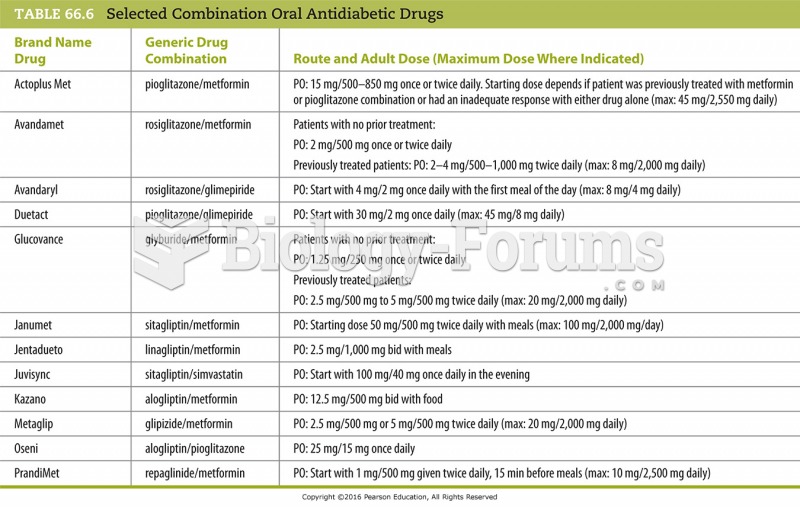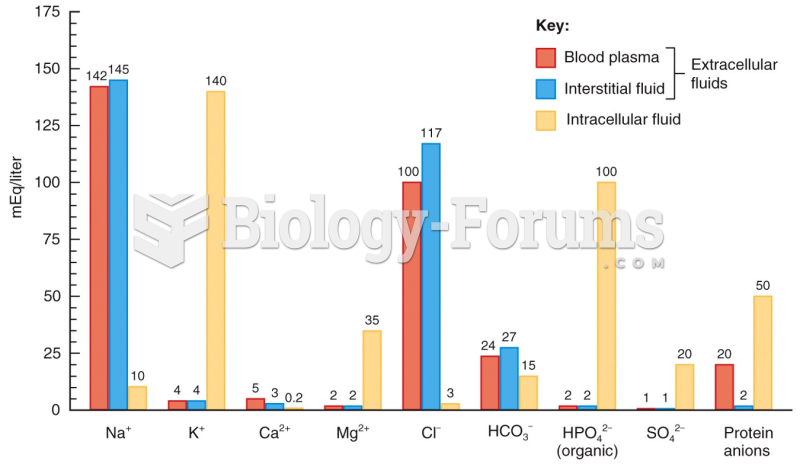|
|
|
Calcitonin is a naturally occurring hormone. In women who are at least 5 years beyond menopause, it slows bone loss and increases spinal bone density.
The first oral chemotherapy drug for colon cancer was approved by FDA in 2001.
Most strokes are caused when blood clots move to a blood vessel in the brain and block blood flow to that area. Thrombolytic therapy can be used to dissolve the clot quickly. If given within 3 hours of the first stroke symptoms, this therapy can help limit stroke damage and disability.
Egg cells are about the size of a grain of sand. They are formed inside of a female's ovaries before she is even born.
Urine turns bright yellow if larger than normal amounts of certain substances are consumed; one of these substances is asparagus.







